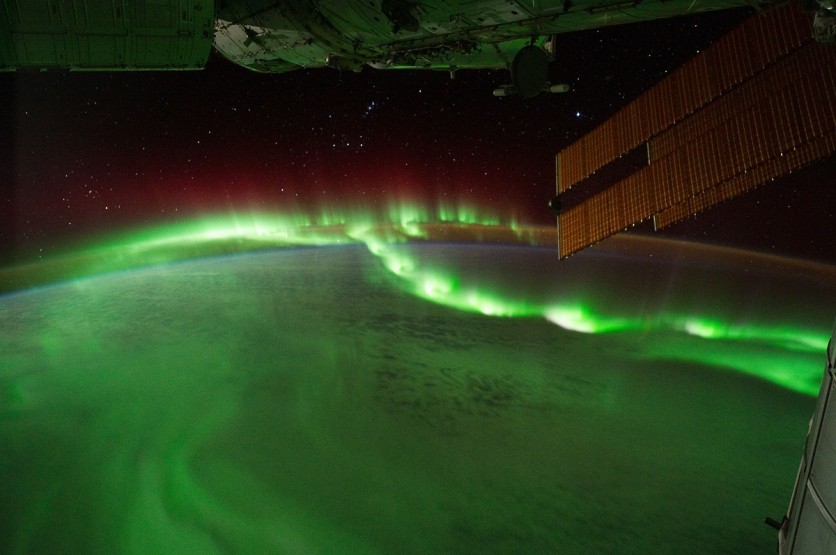NASA has found the answer on a unique form of the aurora that seemed like a beaded necklace using advanced computer models with the Time History of Events and Macroscale Interactions during Substorms or the THEMIS mission.
Since 2007 when THEMIS was launched, scientists continuously take measurements to find what triggers substorms and auroras. While scientists have seen that magnetic reconnection causes substorms, these recent findings highlight the vital trends on smaller scales as seen on the auroral beads.
Auroral beads drape across the night sky like green jade beads, which led scientists to understand the auroras and what triggers them. These bead-like-lights precede large auroral displays after electrical storms or substorms occur in space, a Phys.Org report showed.
Scientists were initially unsure if these beads are connected to other auroral displays or if disturbances nearer to Earth's atmosphere have caused them. However, Vassilis Angelopoulos, principal investigator of THEMIS at the University of California in Los Angeles proudly confirmed that these beads are formed as part of a process that precedes the substorm in space. "This is an important new piece of the puzzle," he said.
Now published in the journals Geophysical Research Letters and Journal of Geophysical Research: Space Physics, the new models created from observations from three THEMIS spacecraft or the ground show that auroral beads are caused by turbulence in the fourth state of matter, the plasma. Plasma is comprised of gaseous and highly conductive charged particles that surround the Earth. This will ultimately help scientists better understand the full range of swirling structures seen in the auroras.

Slava Merkin, a scientist at NASA's Center for Geospace Storms at the Johns Hopkins University Applied Physics Laboratory in Laurel, Maryland, said the study requires highly sophisticated algorithms and massive supercomputers.
Meanwhile, THEMIS scientist at the Space Research Institute of the Austrian Academy of Sciences Evgeny Panov said the mission has found turbulences in space that causes the sky to light up with "glowing auroral necklace." Panov said lighter and more agile electrons cause these turbulences. They move with particles that weigh 2,000 times heavier and may proceed with full-blast auroral substorms.
Read also: Overworked Star-Betelgeuse not Diminishing, Plasma Turned Dark Clouds Covered Surface, No Cause for Alarm says NASA
Auroral Beads: What triggers them
NASA found in a recent study that when charged particles from the Sun are trapped in Earth's magnetosphere and collide with each other in the upper atmosphere, oxygen, hydrogen, and nitrogen molecules glow, which is what we see as Auroras lighting up the sky. THEMIS scientists have shown how auroral beads form by creating a model of the near-Earth environment.
According to the model, while streaming clouds of plasma are belched by the Sun, their interaction with the Earth's magnetic field creates buoyant bubbles of plasma at the back of the planet.
This is like how lava lamp shows the buoyancy imbalance between the bubbles and heavier plasma in the magnetosphere creates a long stretch of plasmas measuring 2,500 miles wide.
THEMIS project scientist David Sibeck who works at NASA's Goddard Space Flight Center in Greenbelt, Maryland said that they have just realized that "computing power is good enough to capture the basic physics in these systems." After these new findings, scientists now want to understand what triggers the beads to become full-blown substorms.
Read also: Mysterious Compound Makes Shark's Skin Glow? Here's The Explanation
ⓒ 2025 TECHTIMES.com All rights reserved. Do not reproduce without permission.




